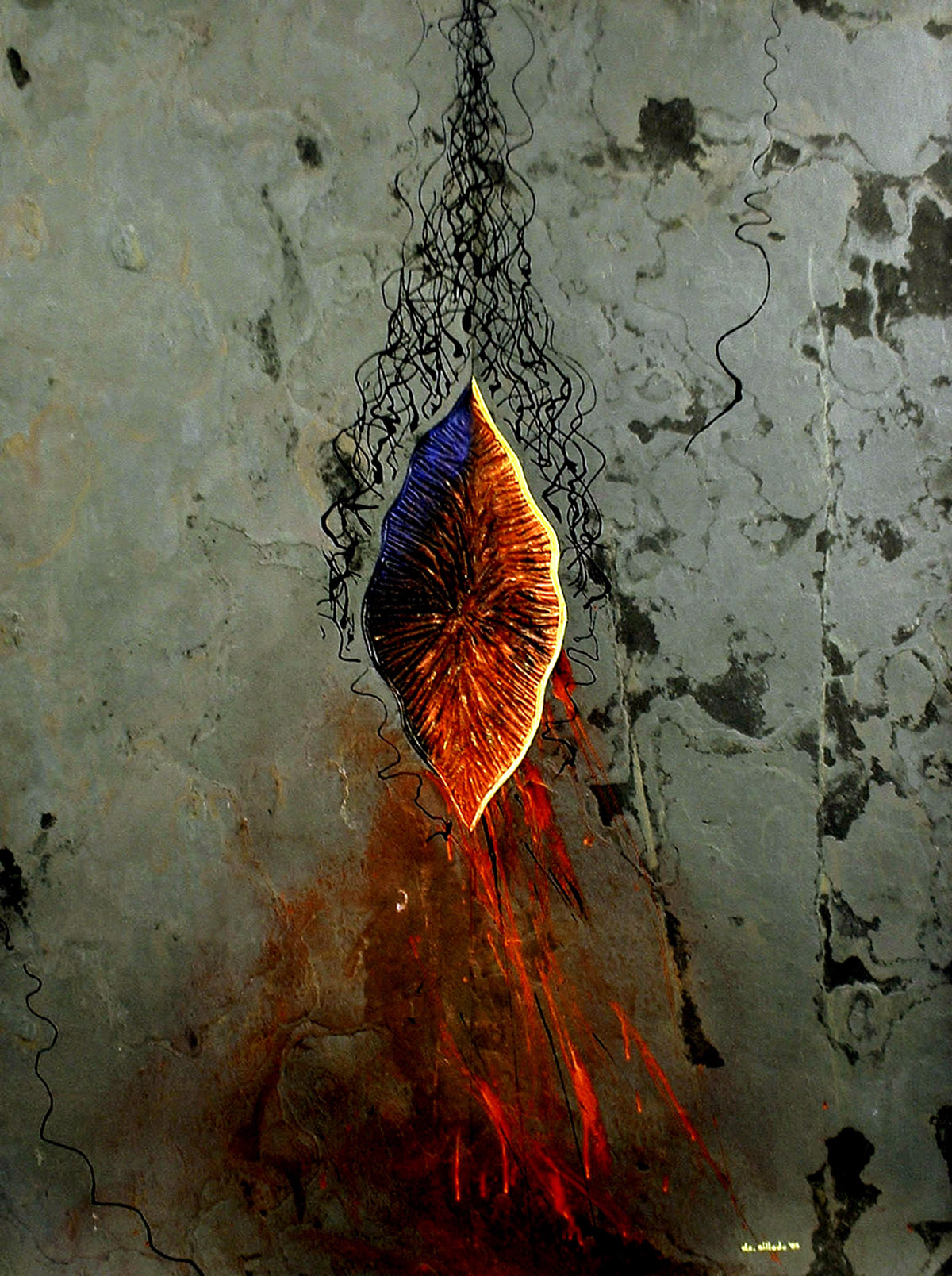
Menstrual period is something that occurs to every healthy woman from puberty to menopause. This occurrence is not only healthy but it is also necessary for female reproductive health and for the ability to conceive and have children.
Menstrual period is not a disease so its manifestations cannot really be considered as symptoms, but the word “symptom” can loosely be used in the absence of a better term.
What is the menstrual period?
A healthy woman should start having menstrual periods sometime during puberty. It can happen anytime between the ages 8 and 16, although the average time of the menarch, which is the first ever period, is 12 years of age.
Menstrual periods occur approximately every 28 days throughout a woman’s life and when she reaches menopause, they become less regular and frequent and they eventually stop.
The first period means the woman’s body is physiologically able to conceive, host and deliver a child. Every month the ovaries release an egg and send it to the uterus. Ttthe egg stays there and if it is not fertilized it gets expelled through the vagina. The egg and the tissues that make the lining of the uterus are what the menstrual flow is made of. The lining of the uterus thickens each month in order to host the fertilized egg. If the egg is not fertilized, there is no need for a thickened lining, it sheds and leaves the uterus through the vagina.
As the blood, the egg and the tissue leave the body, they cause certain uncomfortable physical symptoms, which are mostly related to the hormones.
Symptoms of the menstrual period
For several days before the period actually starts, a woman can experience symptoms that fall into the category of premenstrual syndrome or PMS. Those symptoms often include water retention, bloating, headache, mild cramping, tender or painful breasts, mood swings, irritability, insomnia, melancholy and depression, food cravings and general fatigue.
When the menstrual bleeding starts, it sometimes causes pain or cramps. This is caused by an increase in prostaglandins, chemicals that cause the uterus to contract. The pain can range from mild to severe and in some women it can even require medical assistance. Menstrual cramping is located in the lower abdomen and in the lower back. It usually starts as mild pain or discomfort and then becomes more intense as the flow becomes more intense. For many women, the pain is worse during the first two days of the period.
Menstrual period sometimes causes fatigue, drop in blood pressure, slight anemia, dizziness, nausea, vomiting and diarrhea.







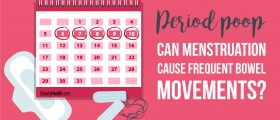
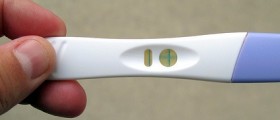
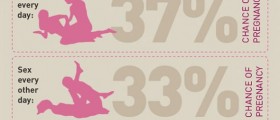





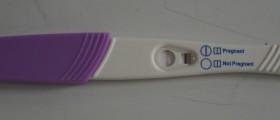
Your thoughts on this
Loading...